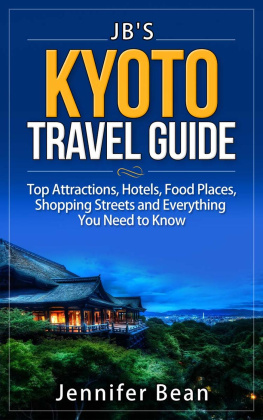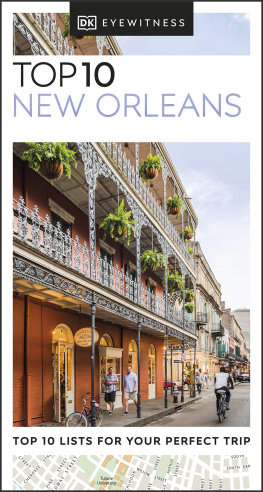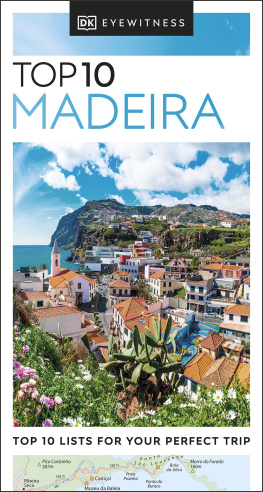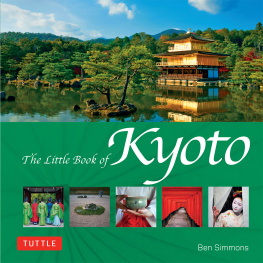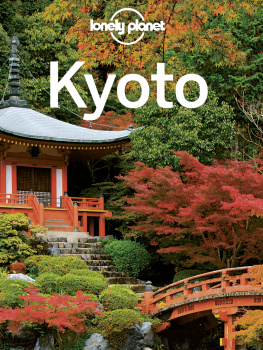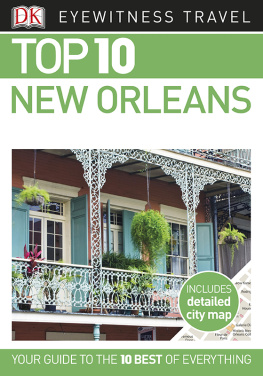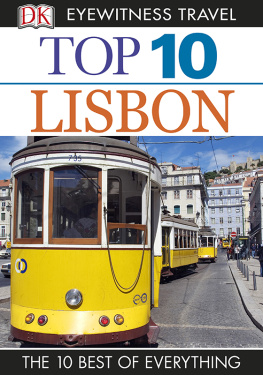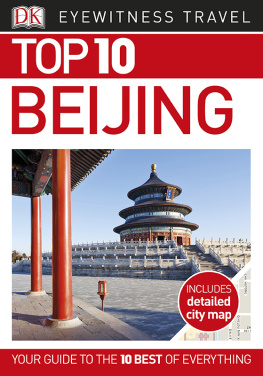Kyoto Travel Guide
Top Attractions, Hotels, Food Places, Shopping Streets, and Everything You Need to Know
Welcome to Kyoto
Say hello to the city where old Japan lies Kyoto. The city filled with serene and majestic temples, awe-inspiring gardens, shrines and striking geishas just like how you want to see them.
Dont know where to start? This book contains proven steps and strategies on how have the best experiences when visiting the spiritual and historical center of Japan Kyoto. The city is a unique mix of religion, artistry and craft. Undoubtedly, one of the famous destinations in the globe!
With this book, you will be guided on the citys background, its various neighborhoods as well as the best destinations to explore and spend a wonderful time. It also leads every traveler to many accommodation alternatives and a lot of insider tips on how to eat, drink shop and live like locals do.
The city houses countless historical landmarks, dining places, temples, shrines, bars and other impressive sights that will make your trip worthwhile. This travel buddy will tell you when is the best time to visit, how to roam around the city and which hotel, food place or activity to invest time and money with.
Every bit of culture, lifestyle and the arts can be found in the city, and it is not just about the sushi, tofu and tea ceremonies the city has possessed more exquisiteness that you will only see as you learn more about the city.
Read throughout the pages of this book, and can create the finest travel plan to Kyoto, minus all the hassle!
Table of Content
Copyright 2014 by JBs Travel Guides - All rights reserved.
This document is geared towards providing exact and reliable information in regards to the topic and issue covered. The publication is sold with the idea that the publisher is not required to render accounting, officially permitted, or otherwise, qualified services. If advice is necessary, legal or professional, a practiced individual in the profession should be ordered.
- From a Declaration of Principles which was accepted and approved equally by a Committee of the American Bar Association and a Committee of Publishers and Associations.
In no way is it legal to reproduce, duplicate, or transmit any part of this document in either electronic means or in printed format. Recording of this publication is strictly prohibited and any storage of this document is not allowed unless with written permission from the publisher. All rights reserved.
The information provided herein is stated to be truthful and consistent, in that any liability, in terms of inattention or otherwise, by any usage or abuse of any policies, processes, or directions contained within is the solitary and utter responsibility of the recipient reader. Under no circumstances will any legal responsibility or blame be held against the publisher for any reparation, damages, or monetary loss due to the information herein, either directly or indirectly.
Respective authors own all copyrights not held by the publisher.
The information herein is offered for informational purposes solely, and is universal as so. The presentation of the information is without contract or any type of guarantee assurance.
The trademarks that are used are without any consent, and the publication of the trademark is without permission or backing by the trademark owner. All trademarks and brands within this book are for clarifying purposes only and are the owned by the owners themselves, not affiliated with this document.
Brief History
T he city has a long and colorful history, being the home of emperors for over 1000 years. It also served as the capital city of Japan from the beginning of Heian Period to the end of Edo Period in 1868 it was when the imperial seat was transferred to Tokyo by Emperor Meiji. Various feudal lords have served their rule in the country, but the city of Kyoto remained the artistic and cultural focal point for majority of the countrys history.
It was previously called Heian-kyo and home to almost 2000 Buddhist temples, hundreds of Shinto temples and shrines, castles, and tons of traditional establishments. In the past, such temples were not allowed within the city center due to conflicts with Nara priests this explains why most of these structures are isolated. But due to floods, wars and other catastrophes that occurred over the years, most of the city buildings where reconstructed, transferred, made bigger and grander.
All of these and more give travelers too many reasons to visit and explore the city. Wonder why the Americans refused to drop bombs in the city during the World War 2? They view the city too valuable to Japans heritage, so see the magnificence with your own eyes.
Festivals and Cultural Events
T ons of festivals and interesting events are being held in the city of Kyoto every single month of the year. For your best idea, take a quick look:
- January: 1-3 are the days for Hatsumode or initial visit to the shrine at the start of the New Year. Every 15th of this month is also the Archery festival at the majestic Sanjusangen-do shrine.
- February: 2-4 are reserved for the Fire Festival being held near the Kyoto University.
- March/April: These are the months for cherry blossom and plum blossom viewing, usually at the Imperial Palace.
- May: 15th of May is designated for the grand Aoi Matsuri Festival a procession starting from the Kyoto Imperial Palace to the Shrine in Shimogamo-jinja.
- June: The 1st and 2nd of this month are dedicated to cultural night performances held at the Heian-jingu Shrine.
- July: The 17th of July is the grandest festival in Kyoto where people can dance and party amidst the massive festival floats while wearing cotton robes or yukata 2 to 3 days prior to the day of festival. Morning of 17th, these floats where pulled along the length of downtown Kyoto.
- August: The 16th of August is for the Fire Festival in Daimon-ji.
- October: 22nd of the month is for the Festival of Ages and Fire Festival in Kurama.
- November: This is the best time to appreciate the dazzling colors during the Fall Fall Foliage.
- December: 25th is Christmas day while the 31st is for Shogatsu or welcoming the New Year.
Best Time to Go
T he city of Kyoto is wonderful all year round. There are always things to see and do regardless of the season. Your decision to travel depends on your own preference.
Weather in Kyoto is the mildest during the months of March- May and just in time for the cherry blossom viewing or hanami. The months of October to November is the fall season, which attracts tourist due to foliage. The rainy seasons run from June-July, but rainfall is not evident everyday making travel still possible.
Summer may be uncomfortable, but if you dont mind the sun, travel is still a go.
Where to Go
I f you only have 24 hours or a few days in Kyoto, where would you go? Take a look at the citys top destinations for tourists:
Sagano and Arashiyama District These are among the most famous places in the city. They are known for its temples, natural beauty and other interesting places. A great number of cultural heritage spots are in these areas.
Nijo Castle This castle is a national symbol and treasure. You cannot leave the city without a peak to this historic and majestic masterpiece.
Gion District It is one of those areas in the city that has retained its ancient culture and atmosphere. Gion is a perfect spot to unwind, dine and amidst the presence of modern day Geishas.
Golden Pavilion There are many Zen temples in the city, but Kinkaku is one of the must-sees. This will tell you a lot about the history and culture of Kyoto.
Nishiki Market This five-block shopping area is where you will find hundreds of restaurants and shops selling everything from Japanese sweets, dry goods, ramen, sushi, handicrafts, knives and more.
Next page
